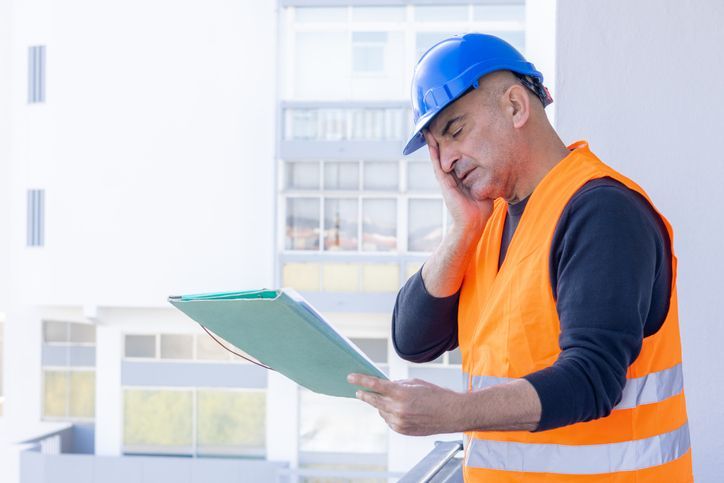IT'S TIME TO LAB PACK YOUR UNNECESSARY CHEMICALS

The Problem
- Solvents
- Reagents
- Paints
- Thinners
- Dyes
- Inks
- Acids
- Bases
- Cleaners
- Strippers
- Pool Chemicals
- Dry Cleaning Compounds
- Or Other Hazardous Chemicals
Why Is This A Problem?
Some chemicals, like picric acid (commonly used in medical and public schools chemistry laboratories) become explosive as they age, and can explode just from the friction of opening the lid. Other chemicals, like solvents such as Acetone, Methyl Ethyl Ketone, Xylene, Ether and Toluene are extremely flammable and create a potential fire hazard while in storage.
Additionally these chemicals may become hazardous wastes after you have used them. Chromic acid-cleaning solutions, used or unused, aerosol cans of paint, cleaners and degreasers may also be classified as hazardous wastes and must be disposed of properly.
And with the new Globally Harmonized System (GHS) requirements here it is very important to dispose of all your unused, unwanted, and unnecessary chemicals so you don't have to update, categorize, maintain them and find SDS's for them in the new GHS program.
The Solution
SEA's specialists are familiar with the proper methods of decommissioning laboratories, know the regulations and the chemistry necessary to safely, and efficiently dispose of all hazardous chemicals. SEA's lab packing services includes:
- Chemical Categorization
- Packing Under EPA, OSHA, and DOT Regulatory Guidelines
- Over-Packing Leaking or Damaged Containers
- Complete Paperwork, Manifests, Inventories
- MSDS / SDS, Labels, and Shipping Papers
- Transportation and Disposal Services
How SEA Can Help!
With over three decades of chemical management, SEA's personnel are extensively trained before working on any Environmental or Lab Packing projects. SEA personnel pride themselves on their safety and health record, customer satisfaction, and care for the environment.
Let SEA design a strategic Lab Pack Management Plan that identifies the best disposal/recycling methods for your chemicals.
Contact Keina Jennings for more Lab Pack Information or call us today 888-374-3442!



